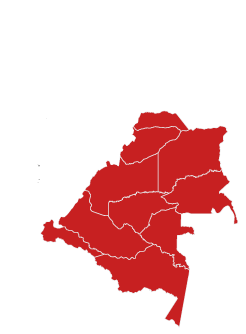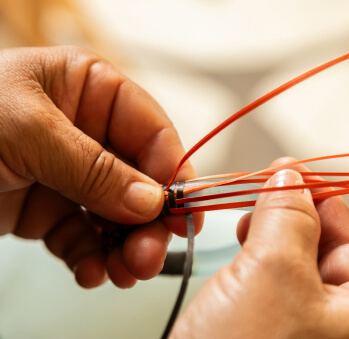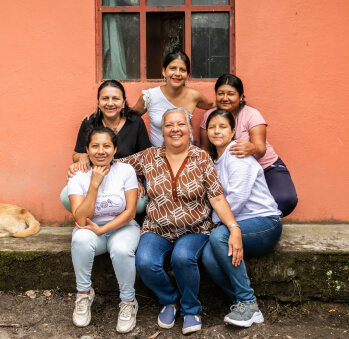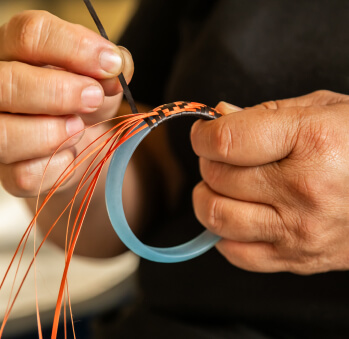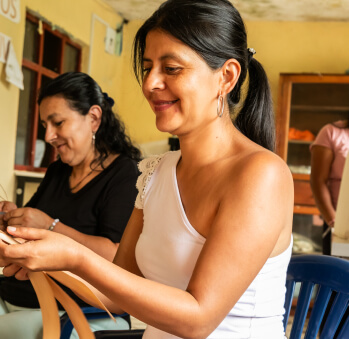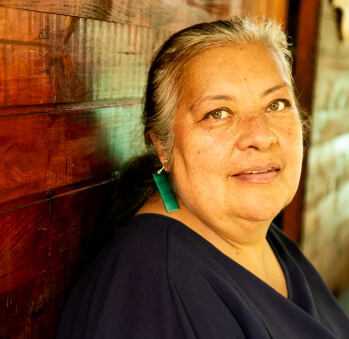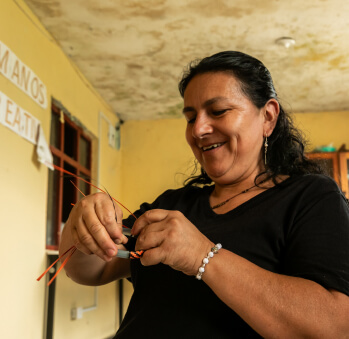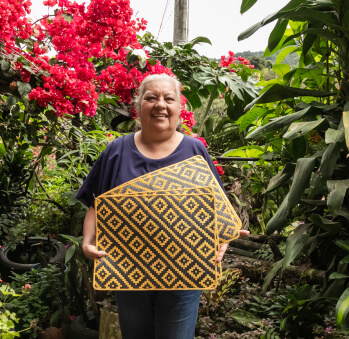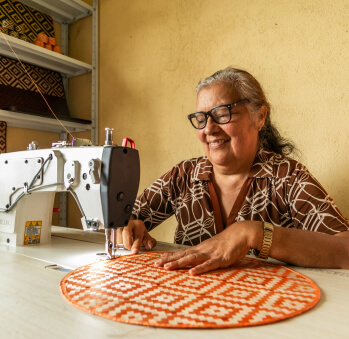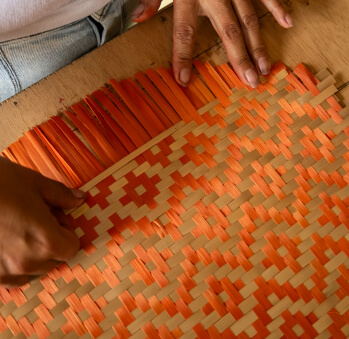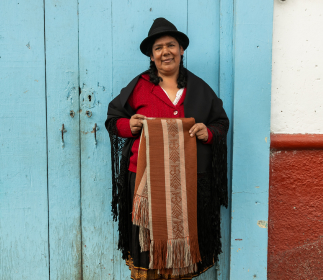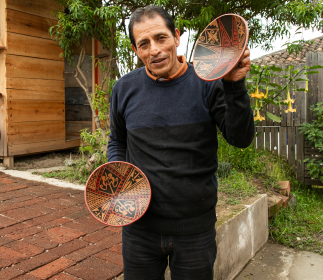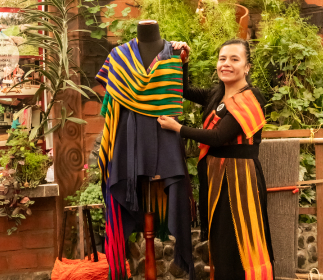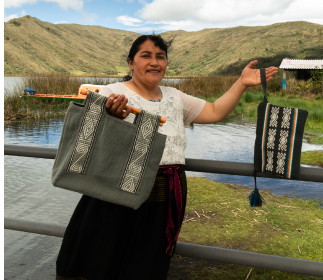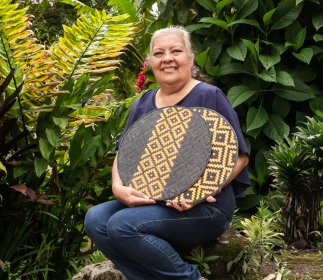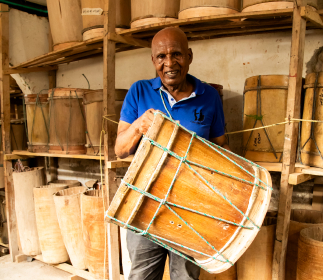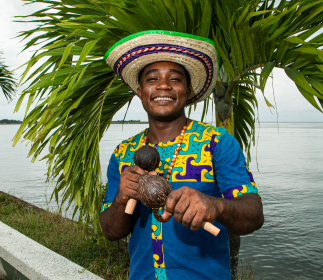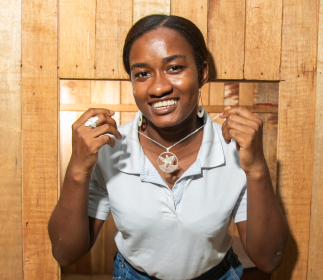Amparo Lucía Oliva
Workshop: Grupo Asociativo Manos creativas
Craft: Weaving
Trail: Ipiales - Tumaco Route
Location: Ricaurte, Nariño
SCHEDULE YOUR VISIT
Vereda San Isidro, Ricaurte, Nariño
3168585869
amparoo59@gmail.com
In the coastal foothills of Nariño grows the “paja tetera”, a resilient fiber that thrives in humidity and shade, and that has been harvested and used for centuries by the Awá community. More recently, this same fiber was embraced by Amparo Oliva, a curious woman who had spent her life dedicated to pedagogy and who, one day, decided to learn the craft of artisanry. She didn’t lack the drive or the ability to learn to weave by observing other textiles, which she would unravel and reassemble, nor to form her association over 30 years ago. Since she embarked on the path of crafts, she has secured her supplies of material from the Awá people living in the reserves of Pialapí, La Bocana, Cuscuabí, and Paldubí.
After working as a municipal teacher for nine years, Amparo Oliva retired to work as an environmental educator in La Planada Natural Reserve. It was in that environment, surrounded by the abundant birds, amphibians, and orchids of the reserve, that the idea of doing something related to crafts settled in her mind. More than once, she blushed at having to answer that they didn’t have artisanal products to offer when tourists wanted to take home something handmade, typical of the area. A life dedicated to teaching and service made her, when considering embarking on this new stage, not hesitate to do so with and for others. Of course, she would lead the group, researching and sharing what she learned. She decided to form a group of women to invite young women and girls from her region who were facing the challenge of early pregnancy and now had to support their new homes. She gathered these women, aged 14 to 22, who were heads of households, and taught them what she had learned through a project she had presented to Artesanías de Colombia to meet with artisans of paja tetera from Guapi, Cauca, and caña flecha from Tuchín, Córdoba. Amparo smiles when she remembers that everything she has done has been with pleasure and dedication.
Comparing weaves and braids, unraveling and reassembling pieces, they came up with their products: table and kitchenware textiles. Over time, Amparo became a master in dyes. She also witnessed a change in her colleagues; they are not as submissive as before, as weaving has united them with the magic that creates lasting friendships. The group became a place to seek advice and counsel, where many are willing to help each other to escape situations of abuse and difficulty. This other useful and hopeful dimension that weaving takes on among women has encouraged Amparo herself not to let the ailments of the trade, the constant back pain, discourage her. That’s why, she welcomes all of us who want to know about her history and technique, with affection and patience, and with the sayings and jokes she has for every occasion.
Craft
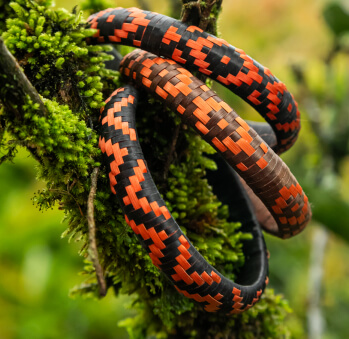
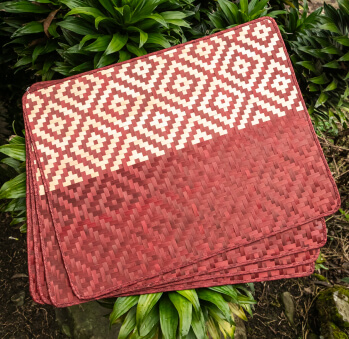
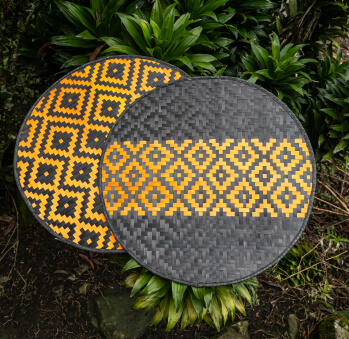
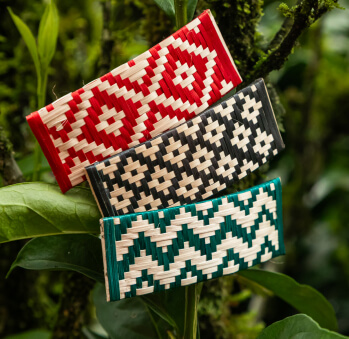
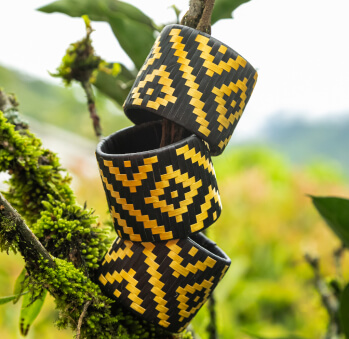
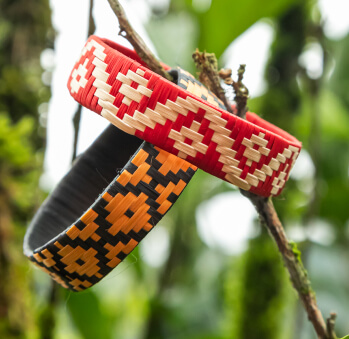
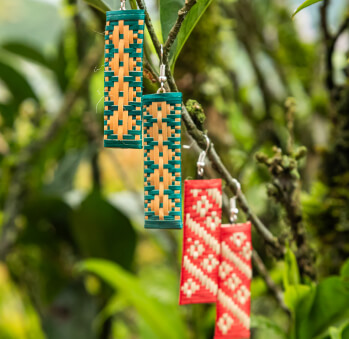
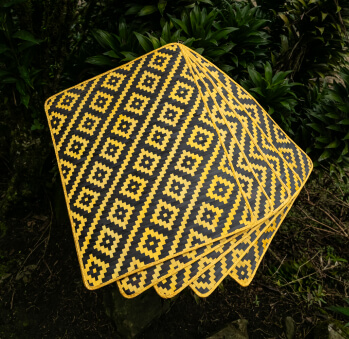
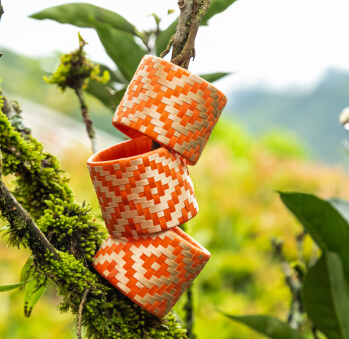









Artisans along the way
Artisans along the way
No puede copiar contenido de esta página

